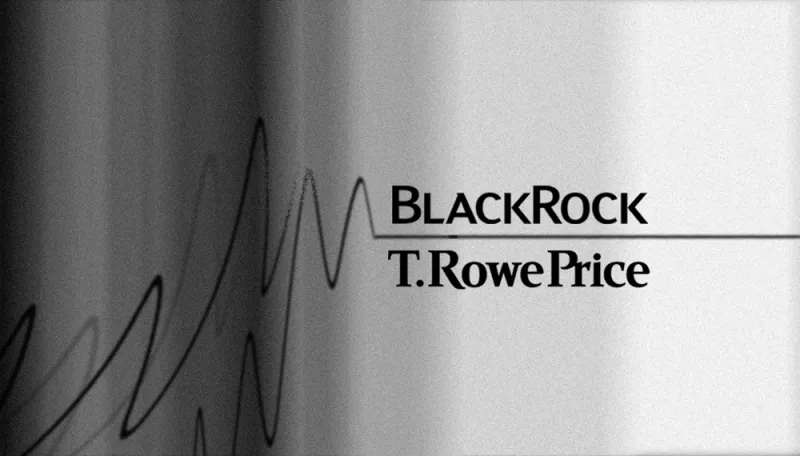Moody’s Investors Service expected a bad fourth quarter for asset managers — but the actual results were even worse than it predicted and could be a sign of the pain the industry will feel during a prolonged downturn.
With a volatile fourth quarter in the markets, asset managers’ revenues and earnings fell as they bled assets and the market value of their holdings declined. Only BlackRock and Alliance Bernstein had positive flows during the quarter, at 0.73 percent and 0.15 percent, respectively, according to the ratings agency’s fourth-quarter update on the asset management industry, released today.
BlackRock’s revenues declined, but not as much as other firms in the group of 14 publicly traded asset managers Moody’s evaluated. The group's revenues slid 8.7 percent year over year, on average, but when taking BlackRock out of the equation, they fell by 11.5 percent, according to Moody’s. By contrast, Moody’s says sales growth for the Standard & Poor’s 500 stock index for the quarter clocked in at 6.4 percent.
“We expected a bad quarter; we got a bad quarter,” said Dean Ungar, a vice president and senior analyst at Moody’s, in an interview. “But it had pretty significant consequences on the results. We see how vulnerable the asset managers can be to weakness in the markets.”
Asset managers didn't exactly do well when things were better, however. “In the third quarter, when markets were up, they had outflows too,” Ungar added.
BlackRock is the exception when it comes to this vulnerability, because it is the largest passive manager except Vanguard, which is not public.
“Prices and fee rates are coming down more for them than the industry overall,” said Ungar. “But it has huge scale, so they remain profitable even through the price wars we’ve seen,” said Ungar.
For that reason and others, BlackRock is Moody’s highest-rated asset manager.
“They are positioned where the industry is going,” said Ungar. “Passive is a commodity, but they have the machine that can handle that commodity.”
Ungar stressed that rivals need to invest significantly in systems and technology to compete, but “there isn’t enough scale for everybody,” he said.
[II Deep Dive: The Costly Line Between Winning and Losing in Active Management]
Another surprise, said Ungar, was the extent to which investors cashed out of bond funds in the quarter. Although fixed income markets were volatile and spreads between corporate bonds and Treasurys widened in the quarter, some of the major indexes posted gains during the quarter. Still, $123 billion flowed out of actively managed bond funds, the worst quarterly outflows in three years, according to Moody’s. Bond ETFs, however, took in a net $30 billion.
News during the quarter that the Fed would continue its planned rate hikes in the fourth quarter (which the central bank walked back at the beginning of January), along with China-U.S. trade problems, the uncertainty posed by Brexit, and other issues made fixed income investors nervous. “Looking at all those things, maybe investors decided it was time to get out of there,” said Ungar.
He expects that the use of both factor-based and traditional exchange traded funds will continue to grow, in part as active managers use these ETFs as part of their own strategies.
Fourth-quarter results will weigh on asset managers this year, since their asset base is already down, according to Moody’s.
Publicly traded managers’ assets declined, on average, 6 percent year-over-year as of the fourth quarter — 6.7 percent if BlackRock were not included in the tally, reported Moody’s. Outflows for the entire group came in at $47 billion for the quarter. That number would have been a lot higher if not for BlackRock, which continued to take in net new money into its iShares ETFs. Without BlackRock, outflows for the group would have been $90 billion.
Over five quarters, according to Moody’s, only two firms had positive flows: BlackRock and T. Rowe Price, at 3.68 percent and 1.77 percent, respectively. At the bottom of the lists was Waddell & Reed Financial, which lost a staggering 15.4 percent of assets over the past five quarters.







